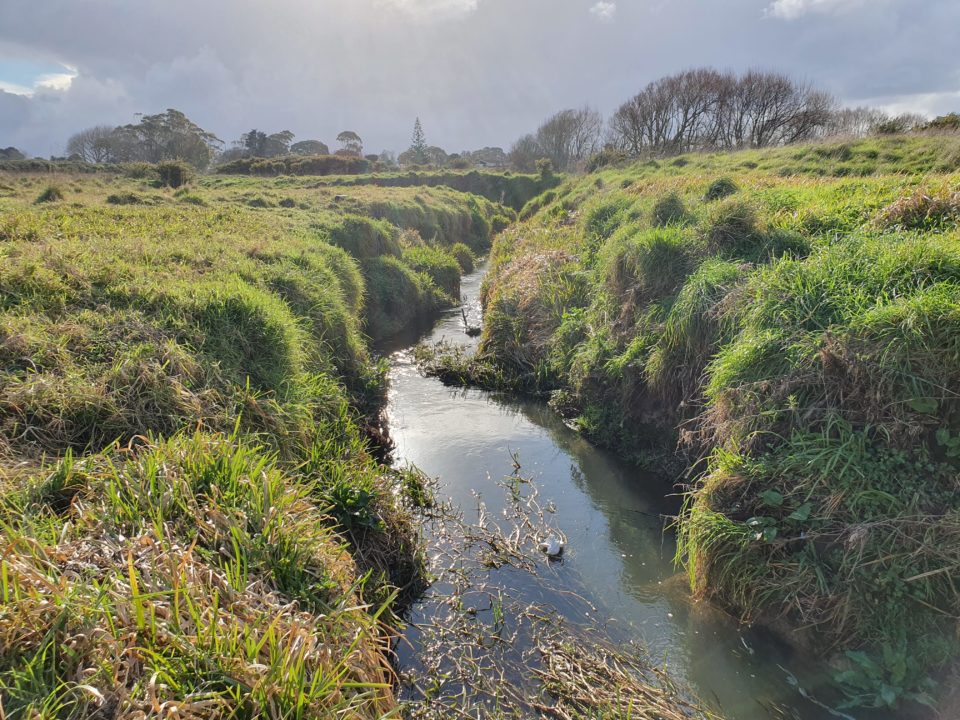Delivering significant regeneration projects at scale is a massive undertaking, particularly when it is a jigsaw of complexity. By James Reddish, WSP Technical Principal Catchment Management.
With its strong Maori and European colonial heritage and its position as the world’s Pasifika hub and with strong creative and economic potential, Manukau is unlike any other place in New Zealand. As a community it is diverse socially as it is culturally, which adds to this uniqueness.
Over the next 15 years, the population of Manukau is projected to increase from 6,000 to 20,000, and that’s just in the town centre. The future Manukau is being kick-started through a series of projects delivered by the Auckland Council.
Panuku Development Auckland, the council-controlled organisation that delivers urban regeneration, has identified five key moves to bring about the scale of change needed in this area.
The first of these, Key Move One, is realising the potential of the Puhinui Stream. Auckland Council’s Healthy Waters department is a key player in this phase, and WSP was engaged to provide the necessary technical expertise in the form of the Puhinui Catchment Stormwater Management Plan. Although Key Move One has a focus on the stream corridor, the necessary outcomes for the project require a whole-of-catchment approach.
The Puhinui Stream is the last remaining natural asset in the area, and an important link to Manukau’s cultural and ecological heritage.
However, years of neglect have resulted in poor water quality, litter and other environmental problems. The catchment covers around 2000 hectares and its main drainage system is made up of a central stream (Puhinui Stream) that was very modified during 1970s and 80s to increase is efficiency to carry storm and flood waters.
While there are many demands on the stream, there are also significant opportunities to improve its ecological health and biodiversity, and create a functioning ecosystem. This is particularly important in relation to the stream’s role as a key conduit of water from the urban area to the sensitive receiving environment of the Manukau Harbour.
Establishing a functioning ecosystem for the stream also involves attention to stormwater runoff into the stream and planting new areas of native trees and other plants to strengthen the ecological corridor and improve the health of the water.
A collaborative approach
Delivering improvements to Auckland’s waterways cannot be achieved by one party in isolation and requires collaboration and a shared understanding of the key issues.
In order to develop solutions to the wide-ranging stormwater issues in the catchment, we needed a high degree of engagement and collaboration.
To achieve this, WSP worked closely with Panuku in the development of the Puhinui Regeneration Strategy for the area.
A steering group was set up that included key council departments, Panuku, local boards and elements of the community to provide leadership.
Further to this, a cross council collaboration group was also established to share work programmes, and working with these groups made ‘agreement’ on the overall work programme far simpler, particularly with the stormwater solutions, whioch provided the framework for delivering a range of other initiatives and social, cultural and other environmental outcomes.
In addition to the infrastructure upgrades, such as stream restoration, wetland improvements and water quality treatment in industrial areas, the stormwater management plan worked with the Regeneration Strategy team to integrate interconnected catchment scale initiatives – such as waste compliance and water quality monitoring, and also involve the Manukau community in addressing stormwater issues.
We were keen to communicate the stormwater issues in the area to both decision makers and stakeholders in a way that was easy to follow. Too often decision-making on waterways management is wrapped up in long, wordy reports that might satisfy legislative drivers, but require technical knowledge to interpret and are time-consuming to read.
There is often limited and ineffective engagement with stakeholders, including the public and the original aspirations for catchment management plans is often forgotten.
Because of this, it was essential to present information in an easily shareable, interactive way, so that people could access information that was relevant to them.
To achieve this we incorporated all the information into an interactive digital story that enabled stakeholders and the public to contribute directly to catchment planning. And we will continue to use this approach to monitor how the local waterways change over time.
These solutions are also considered a vital cog in what has been identified as a flagship project in Auckland Council’s Auckland Climate Action Plan.



